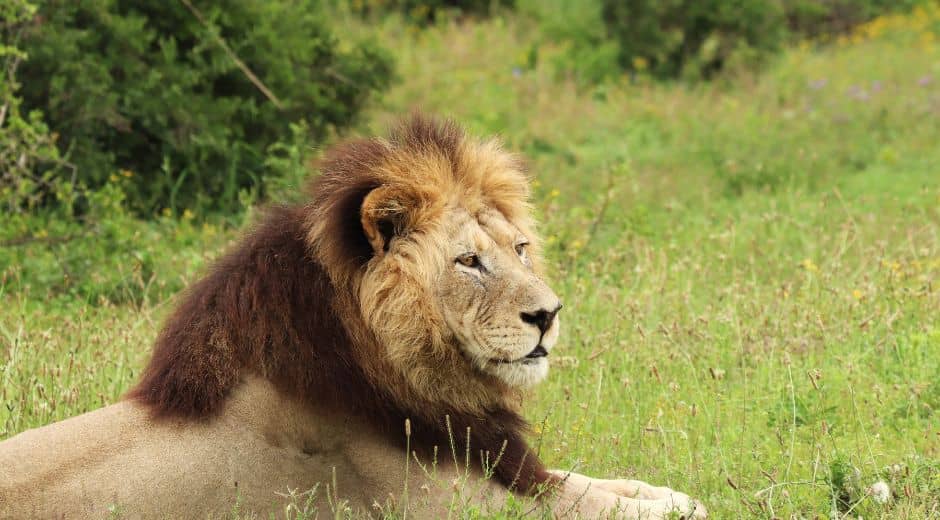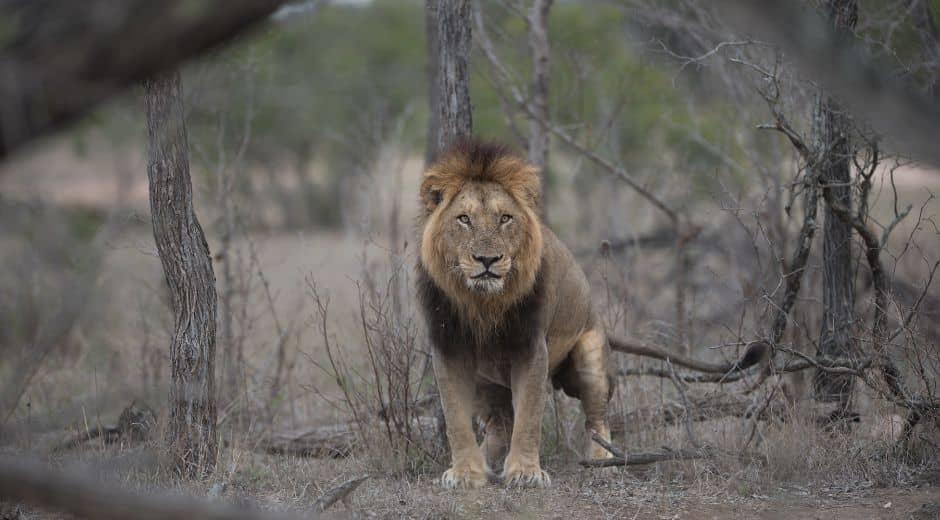The Joy of Adopted Pets: Giving a Forever Home
The Joy of Adopted Pets: Giving a Forever Home
Introduction
Tigers in the Wild are among the most magnificent and iconic animals on the planet, representing strength, agility, and biodiversity. However, these apex predators face severe threats including habitat loss, poaching, and human-wildlife conflict. Protecting tigers in the wild is essential not only for their survival but also for the health of the ecosystems they inhabit. Tigers regulate prey populations, maintain ecological balance, and support forest regeneration.
Organizations like Zoopora, along with global initiatives, are making significant strides in tiger conservation. By understanding the challenges and successes associated with tigers in the wild, we can better support long-term preservation efforts.
Current Status of Tigers in the Wild
There are six remaining subspecies of tigers: Bengal, Siberian, Indochinese, South China, Malayan, and Sumatran. Populations of tigers in the wild have declined drastically, with estimates suggesting fewer than 4,000 individuals remain.
Major threats include poaching, habitat fragmentation, and prey depletion. Conservation programs prioritize habitat protection, wildlife corridors, and anti-poaching patrols to ensure that tigers in the wild can roam safely and maintain healthy populations.
Habitat Loss and Its Impacts
Deforestation and human encroachment have fragmented tiger habitats. Forests are cleared for agriculture, logging, and urban development, shrinking the territories available to tigers in the wild.
Loss of habitat affects biodiversity and the overall health of ecosystems. As apex predators, tigers control herbivore populations, preventing overgrazing and preserving forest vegetation. Protecting their natural habitat is therefore critical for ecological stability.
Poaching and Illegal Trade
Poaching remains a major threat to tigers in the wild. Tiger skins, bones, and body parts are highly valuable in illegal markets, often used in traditional medicine and luxury goods.
To combat poaching, authorities employ anti-poaching patrols, surveillance technology, and stricter law enforcement. These strategies have shown success in some regions but require continuous effort. For travelers and nature enthusiasts, responsible tourism also plays a role in supporting conservation initiatives. Resources like Trip Beyond Travel promote eco-conscious wildlife tours that benefit both the species and local communities.
Conservation Success Stories
Despite challenges, there are notable conservation successes. India’s Project Tiger, launched in 1973, has significantly increased Bengal tiger populations through the creation of protected reserves and stringent anti-poaching measures.
Siberian tiger conservation in Russia has stabilized populations through habitat protection and careful monitoring. Organizations like Bionaturevista highlight these success stories, showcasing how conservation efforts can restore tigers in the wild to sustainable numbers.
Community Engagement in Tiger Conservation
Local communities are integral to tigers in the wild protection. Conservation programs that provide alternative livelihoods, education, and incentives reduce human-wildlife conflict and poaching risks.
By involving communities, conservationists ensure that protective measures are sustainable and culturally acceptable. Zoopora emphasizes the importance of grassroots engagement in preserving tiger habitats.
Technology and Monitoring
Modern technology has revolutionized how tigers in the wild are monitored. Camera traps, GPS collars, drones, and AI-driven monitoring allow researchers to track movements, study behaviors, and detect threats in real time.
These tools enhance protection, enabling rapid responses to poaching and habitat encroachment while providing valuable data for research.
Transboundary Conservation
Tigers often traverse large territories that cross national borders. International collaboration is essential for ensuring the survival of tigers in the wild.
Organizations such as WWF and the Global Tiger Forum facilitate cross-border conservation efforts, sharing research, best practices, and protective measures to safeguard tiger populations across regions.
Sustainable Tourism and Public Awareness
Tourism can be a powerful ally in tiger conservation. Eco-friendly wildlife tours educate the public about tigers in the wild, raise funds for conservation, and support local economies.
By promoting responsible travel, platforms like Trip Beyond Travel encourage visitors to experience wildlife without harming natural habitats. Awareness campaigns also inspire individuals to contribute to conservation initiatives from anywhere in the world.
Challenges Ahead
Despite progress, challenges remain. Habitat fragmentation, climate change, and illegal wildlife trade continue to threaten tigers in the wild.
Ongoing research, technology adoption, and international cooperation are essential. Individuals can also play a role by supporting reputable organizations, spreading awareness, and advocating for wildlife-friendly policies.
Conclusion
Tigers in the Wild are not just symbols of beauty and power—they are vital to ecosystem health. Conservation efforts combining habitat protection, community engagement, and modern technology have shown promising results.
For more information and ways to contribute, visit Zoopora, or explore global initiatives highlighted by Bionaturevista and Trip Beyond Travel. By supporting these efforts, we can ensure that tigers in the wild thrive for generations to come.
Wildlife Behavior Curiosity

Understanding the Mops: Health, Care, and Personality
Tigers in the Wild: Conservation Challenges and Successes explores efforts to protect tigers, preserve habitats, and ensure their survival…

Bigăr Waterfall: Romania’s Hidden Natural Gem
Tigers in the Wild: Conservation Challenges and Successes explores efforts to protect tigers, preserve habitats, and ensure their survival…

Tigers in the Wild: Conservation Challenges and Successes
Tigers in the Wild: Conservation Challenges and Successes explores efforts to protect tigers, preserve habitats, and ensure their survival…







